These 10 Indian Diet Food Picks Are Backed by Experts — Are You Eating Them?
Discover 10 expert-approved Indian diet food items that actually support weight loss. From moong dal to chia seeds, find out what should be on your plate — and what to avoid.
You’re trying to eat healthy, maybe even lose a few kilos — but your plate looks the same every day. Roti, sabzi, maybe some rice, and you’re left wondering, “Is this even working?” You’re not alone. Most people think healthy food means giving up Indian food. But that’s far from true.
In fact, nutritionists love Indian diet food — when it’s chosen wisely. The trick lies in picking the right food items that naturally help your body burn fat, keep you full, and support your health goals. And the best part? These foods are already in your kitchen (or just a short grocery trip away).
In this article, we’re cutting through the noise and giving you 10 expert-approved Indian diet food picks that can actually help you lose weight and feel better — without turning your meals into a boring chore.
Whether you're just starting your health journey or fixing a few food habits, this list is your shortcut to eating smarter with Indian food.
What is an Indian Diet and Why Traditional Indian Diets Can Make Weight Loss Difficult?

An Indian diet is a traditional way of eating based on regional foods like whole grains, lentils, vegetables, spices, and dairy. It varies by culture and geography but is often rich in flavor, plant-based, and home-cooked.
What Causes Difficulty Losing Weight on Indian Food items?
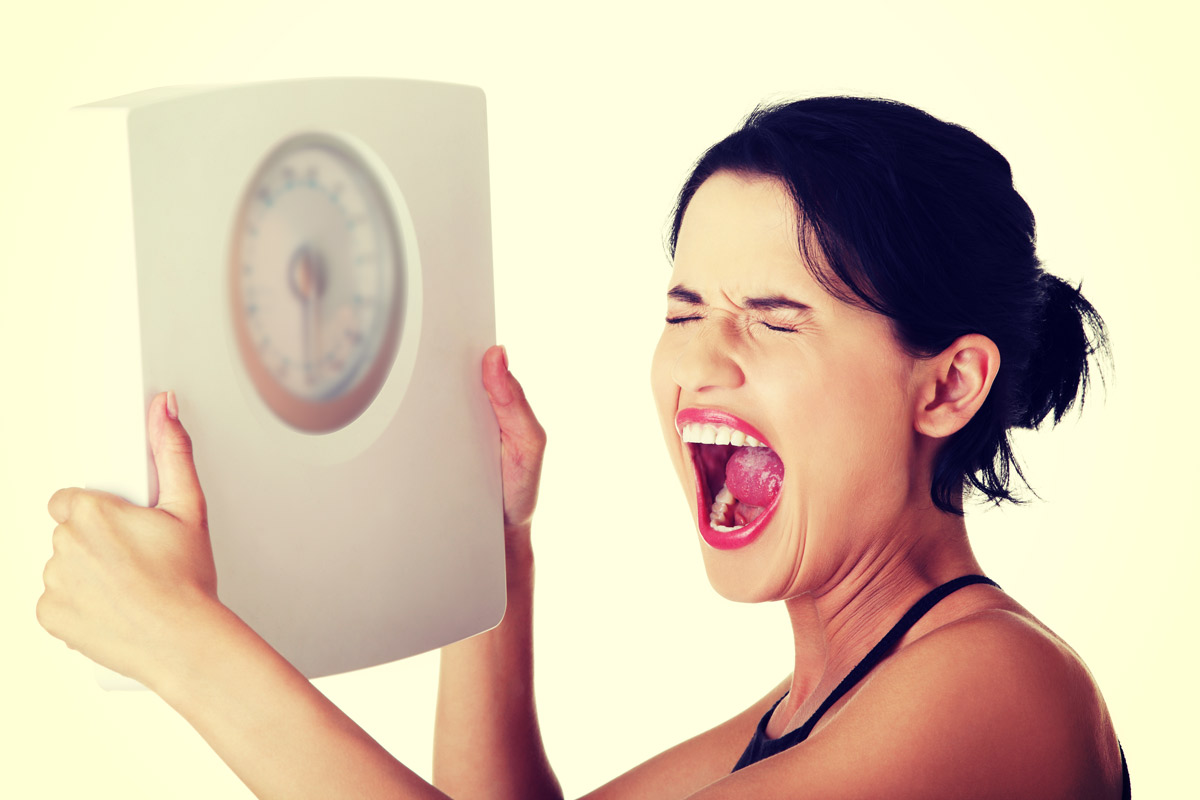
Losing weight while eating Indian food isn’t impossible, but certain eating habits and food choices can make it harder. If you follow a traditional Indian diet without making mindful changes, you may struggle to get results from your diet plan.
1. High Carbohydrate Dependency
Many Indian meals are loaded with carbs like white rice, roti, and potatoes. These foods spike blood sugar and can cause fat storage if not balanced with protein and fiber.
-
Relying too much on refined carbohydrates reduces your chances to lose weight.
-
Even healthy options like brown rice and whole grains must be eaten in the right portions.
Most traditional Indian meals miss the right balance of macronutrients. This imbalance affects calorie intake and overall health. To fix this, your meal plan should include more protein-rich options and healthy fats.
Switching to complex carbs and reducing extra calories from rice-heavy meals can support a healthy diet. Try pairing rice with sautéed veggies or lentils for better nutrition and sustained energy levels.
2. Low Protein Intake
Protein is essential for weight loss, but many Indian diets lack enough of it. A vegetarian diet, if not planned well, can be low in quality protein sources.
-
Meals are often centered around carbs, with protein being an afterthought.
-
Skipping protein slows metabolism and weakens muscles during weight loss.
Including food items like cottage cheese, kidney beans, and even chicken breast for non vegetarians can make a big difference. These nutrient-rich foods help maintain muscle mass and aid digestion.
Whether you're following a north or south Indian diet, protein must play a key role. A balanced diet isn’t possible without it, and it’s critical for people across all age groups.
3. Overuse of Cooking Oil and Ghee
Indian food is flavorful, but often overloaded with oil or ghee. This adds hidden calories and increases fat storage.
-
Even healthy fats like mustard oil or olive oil must be used in moderation.
-
Deep-fried snacks, curries, and rich Indian dishes increase your fat and calorie intake.
Not all fats are bad — some good fats are needed for heart health and energy levels. But using too much oil in every meal creates a calorie surplus.
To follow a healthy diet plan, switch to low fat cooking methods like grilling, steaming, or sautéing with less oil. These changes improve your overall well being and support weight loss.
4. Frequent Snacking and Sweets
Frequent snacking is common in Indian households. Biscuits, namkeen, fried snacks, and sweets are often eaten between meals.
-
These food items are usually processed foods high in sugar and fat.
-
They add extra calories and reduce the effectiveness of your diet chart.
Eating snacks out of habit rather than hunger leads to poor food intake patterns. It also affects blood sugar levels and makes you feel hungry sooner.
Replace these with healthier alternatives like fresh fruits, mixed vegetable curry, or boiled lentils. These snacks are part of a healthy diet and supply essential nutrients without harming your weight loss journey.
5. Lack of Portion Control
Even when eating the right foods, portion control is key. Large servings of rice, oily curries, or even healthy food can stall progress.
-
Traditional Indian meals often involve second servings without measuring portions.
-
This habit increases calorie intake without you noticing.
A balanced diet means not just what you eat but how much. Eating whole foods, fresh vegetables, and using a proper diet chart can guide you better.
Try using smaller plates and measuring your meals. Controlling food intake this way helps maintain energy levels and supports overall health.
6. High-Calorie Festive and Cultural Foods
Indian cuisine includes many rich, celebratory dishes — from sweets to deep-fried snacks during festivals. These foods are usually high in sugar, ghee, and processed ingredients.
-
While enjoyable, eating them too often can impact your diet and weight goals.
-
Festive meals often lack vegetables, fiber, and essential nutrients.
Enjoying cultural foods in moderation is okay, but make sure your daily diet returns to a clean, nutrient-focused plan. Add mixed vegetable curry, sautéed veggies, and fruits to balance out indulgent meals.
If you follow a proper indian diet plan that includes fresh vegetables, lean protein, and whole grains, you can still enjoy special occasions while maintaining a healthy lifestyle.
Get a custom diet plan that fits your lifestyle from Balance Bite
10 Indian Diet Food Items That Actually Support Weight Loss
Many people think they need to cut out Indian food to lose weight. But in reality, some Indian diet food items can help you drop weight naturally, if chosen wisely.
Let’s look at 10 simple and everyday foods that support weight loss and improve overall health.
1. Moong Dal

Moong dal is light, easy to digest, and full of protein and fiber. It helps you feel full for longer and reduces hunger between meals.
-
You can eat it as dal, soup, or sprouted salad in your indian meal.
-
It’s a great plant-based protein for a vegetarian diet and also aids digestion.
Moong dal is also a safer option for people with medical conditions like high blood pressure. It supports a balanced diet and keeps your energy levels stable throughout the day.
It can be enjoyed at lunch or dinner with sautéed veggies or a side of mint chutney to add taste without adding unhealthy fat.
2. Brown Rice
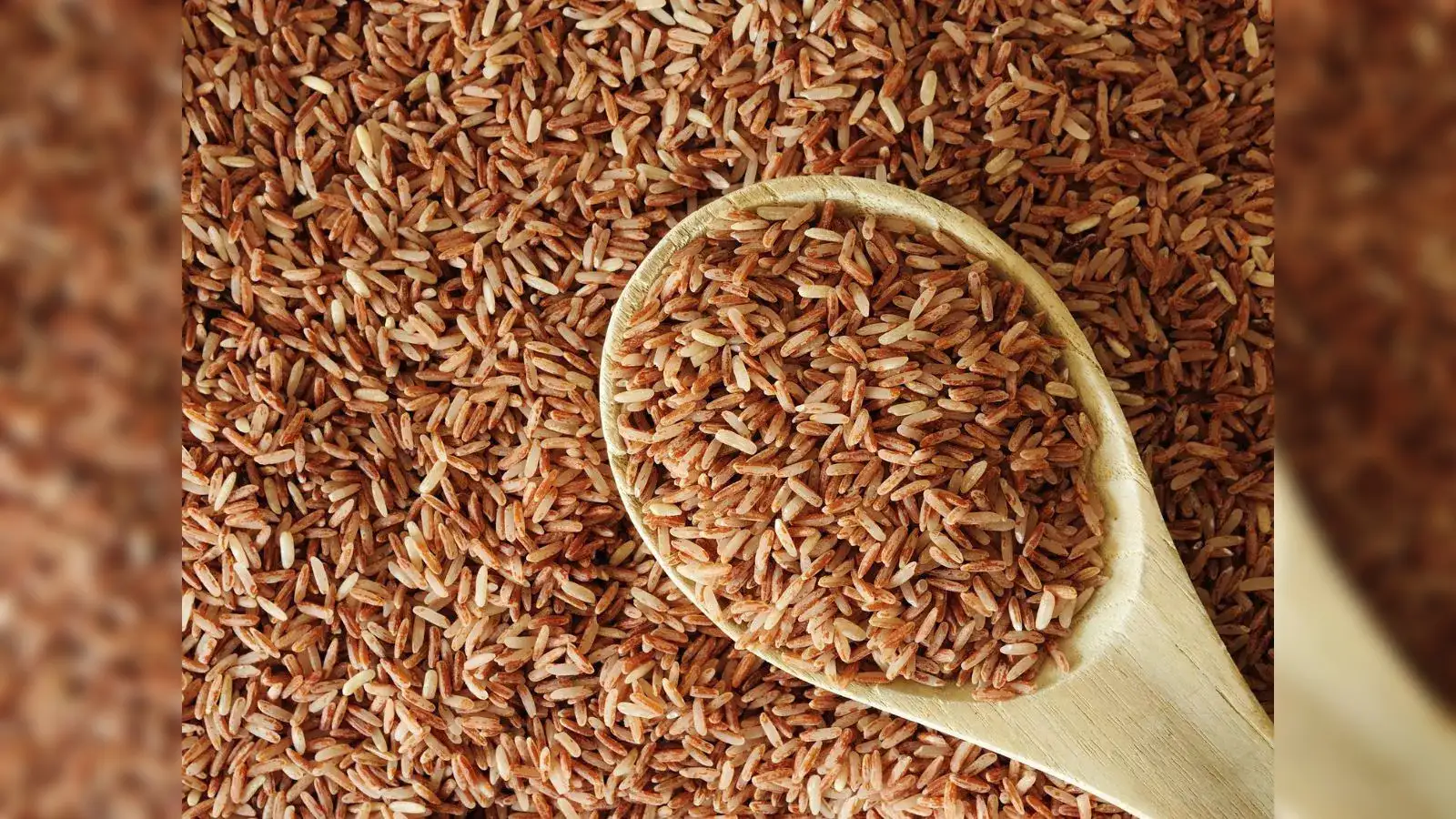
Brown rice is a better alternative to white rice. It has more fiber and helps improve digestion while keeping your calorie intake in check.
-
It pairs well with lentils, vegetable stir fry, or grilled fish.
-
It releases energy slowly, helping control blood sugar and support heart health.
People trying to follow a healthy indian diet plan often swap white rice with brown rice in their diet chart. It works for all age groups and fits into many meals.
Brown rice can also support people with chronic diseases like diabetes or obesity due to its low glycemic load.
3. Chia Seeds
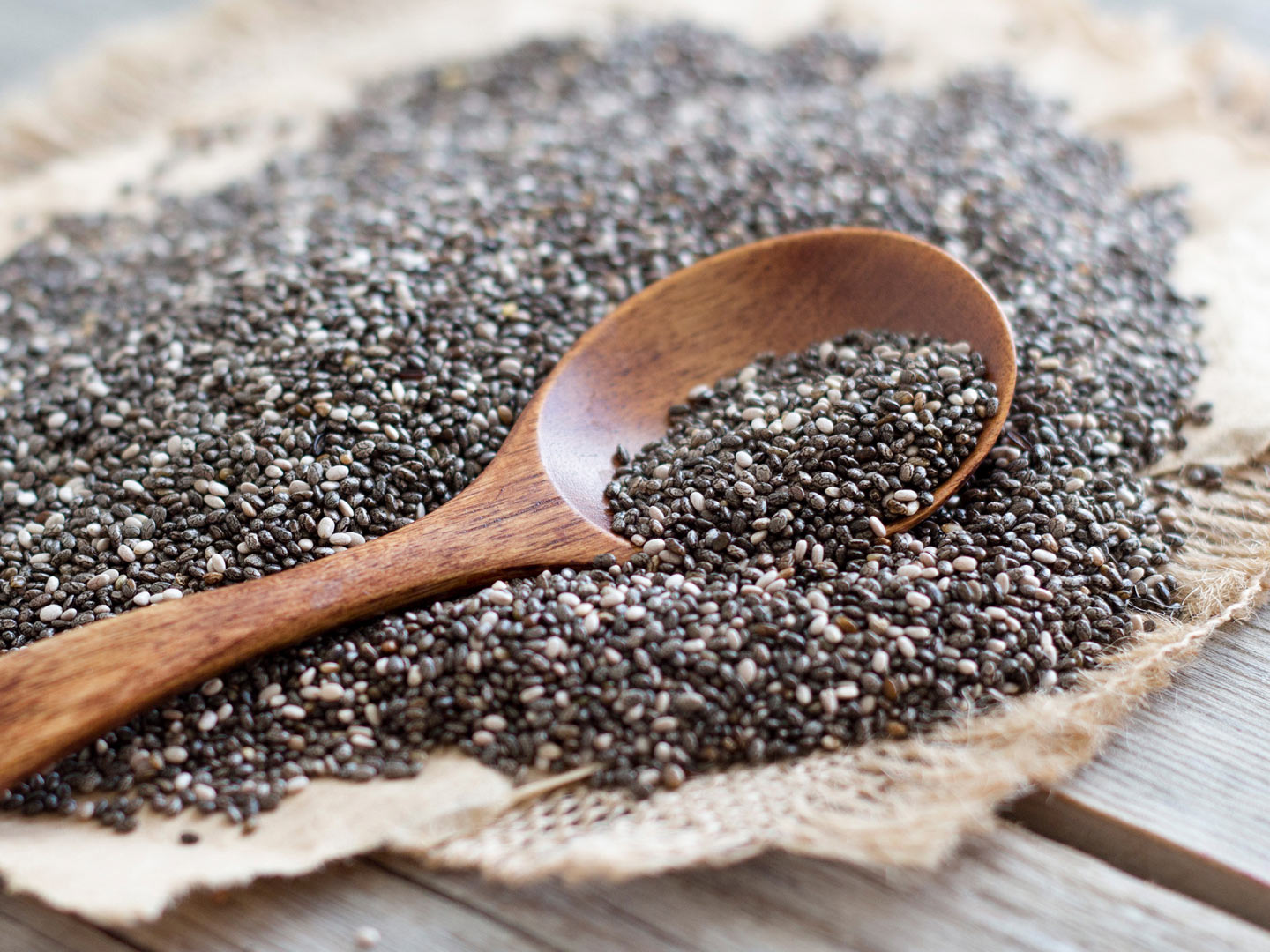
Chia seeds are tiny, but they’re full of fiber, protein, and omega-3 fatty acids. They help you feel full and reduce food cravings.
-
You can add them to smoothies, curd, or even sprinkle them on fruit salads.
-
They support weight loss without needing major changes to your food intake.
Chia seeds also contain essential nutrients that support heart health and improve digestion. For a healthy breakfast, try soaking them overnight and adding to a fruit bowl.
They are often recommended in mediterranean diet plans, but they work just as well in indian cuisine.
4. Cottage Cheese (Paneer)

Paneer is rich in protein and low in carbs, making it ideal for weight loss. It keeps you full and helps maintain muscle while you burn fat.
-
It works well in a vegetable stir fry, grilled, or mixed into a salad.
-
Non-fried paneer dishes make great low-fat options for dinner or lunch.
Paneer also contains calcium, which helps with bone strength. If you're avoiding red meat, this is a great substitute for building protein into your indian diet plan.
Pair it with fresh vegetables or mustard greens for a filling and nutrient-rich indian dish.
5. Buttermilk (Chaas)
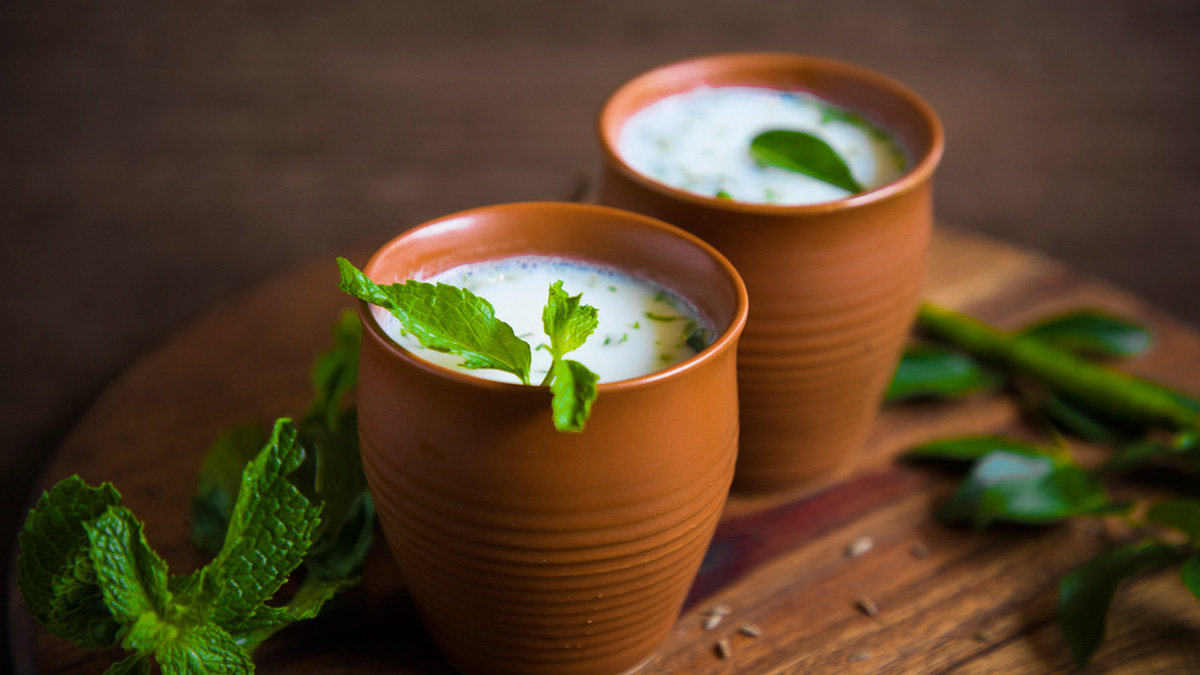
Buttermilk is low in calories, good for digestion, and helps cool the body. It’s perfect for hot climates and daily indian meals.
-
It can be taken as a drink during lunch or after a spicy meal.
-
It helps maintain gut health and supports a healthy diet.
People with medical conditions like high blood pressure or acidity can also benefit from buttermilk. It’s one of the easiest ways to stay hydrated and support overall well being.
Add mint chutney or spices like cumin to boost the flavor without adding calories.
6. Chicken Breast
:max_bytes(150000):strip_icc()/16160-juicy-grilled-chicken-breasts-ddmfs-5594-hero-3x4-902673c819994c0191442304b40104af.jpg)
Chicken breast is a lean protein that helps build muscle and support weight loss. It’s low in fat and high in essential nutrients.
-
Best when grilled, baked, or used in a vegetable stir fry.
-
Works well in indian food with light spices and herbs.
For non vegetarians, it’s one of the best options to replace red meat. It helps improve metabolism and keeps energy levels stable across meals.
Pair it with whole grains or sautéed veggies for a complete and healthy indian diet meal.
7. Vegetable Upma with Millet or Rava
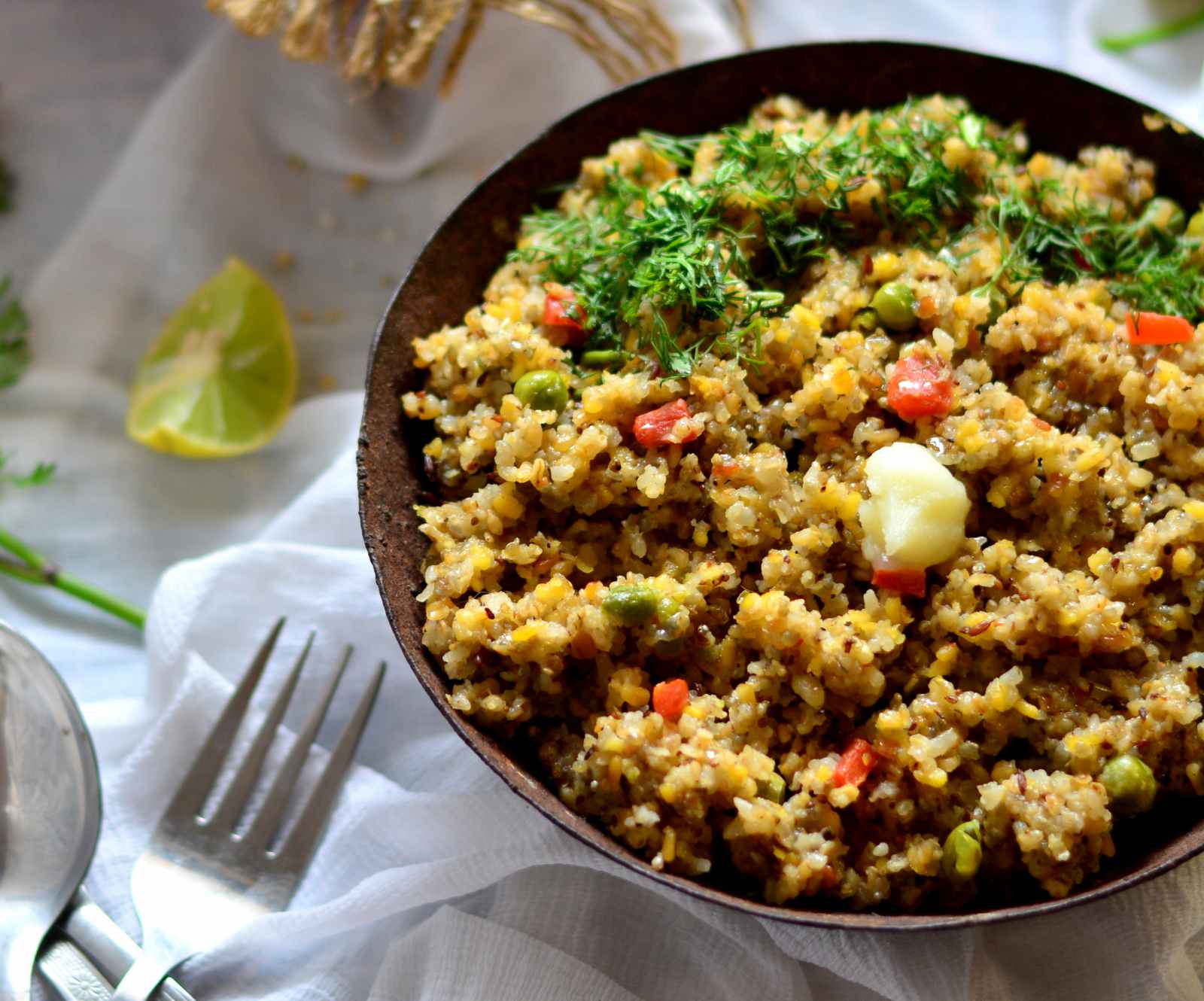
Vegetable upma is light, filling, and easy to digest. When made with millet or rava, it offers fiber and keeps you full longer.
-
Add fresh vegetables like carrots, beans, and peas to make it more nutritious.
-
Use minimal oil and serve it with mint chutney or curd.
This dish works well for breakfast or light dinner and supports a healthy indian diet. It can fit into a mediterranean diet-style meal when cooked with olive oil and fewer spices.
It’s also a great way to increase vitamin C, fiber, and reduce extra calories from fried foods.
8. Spinach (Palak)
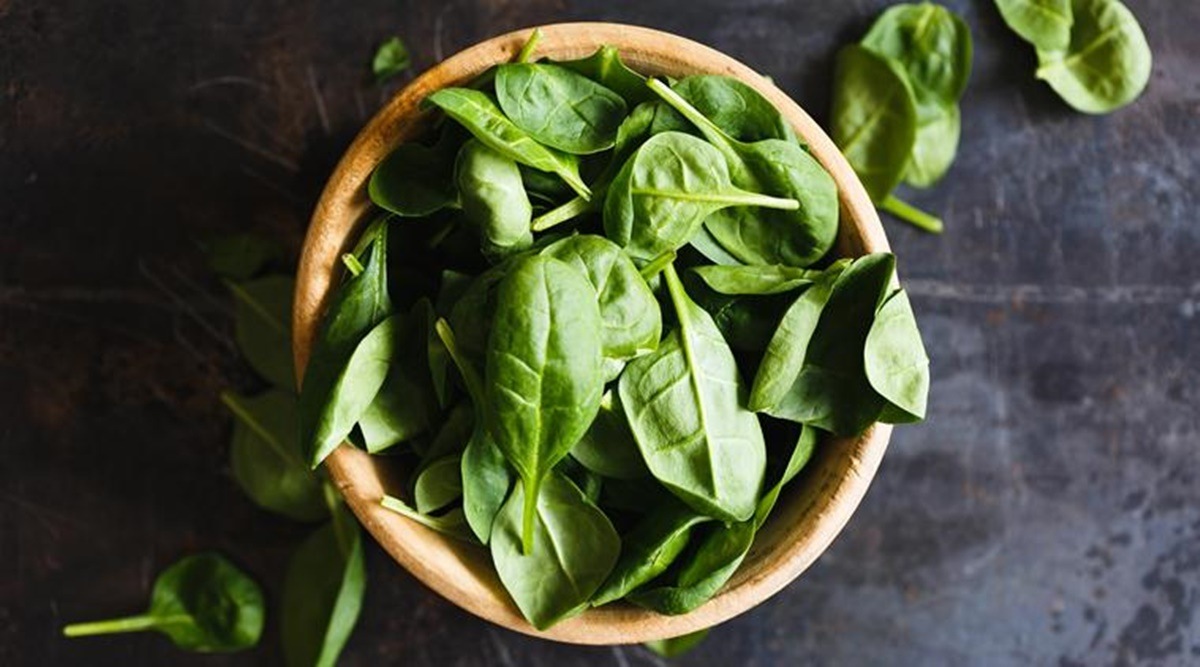
Spinach is packed with iron, vitamin C, and fiber. It supports blood pressure control and helps with weight loss.
-
You can add it to soups, dals, or make a sautéed spinach dish with garlic.
-
Spinach improves digestion and strengthens immunity.
This leafy vegetable is useful for those managing chronic diseases or medical conditions. It’s also used in various indian food dishes like palak paneer or mixed vegetable curry.
Adding spinach to your meals daily supports your diet plan and overall health.
9. Mixed Nuts (Almonds, Walnuts)
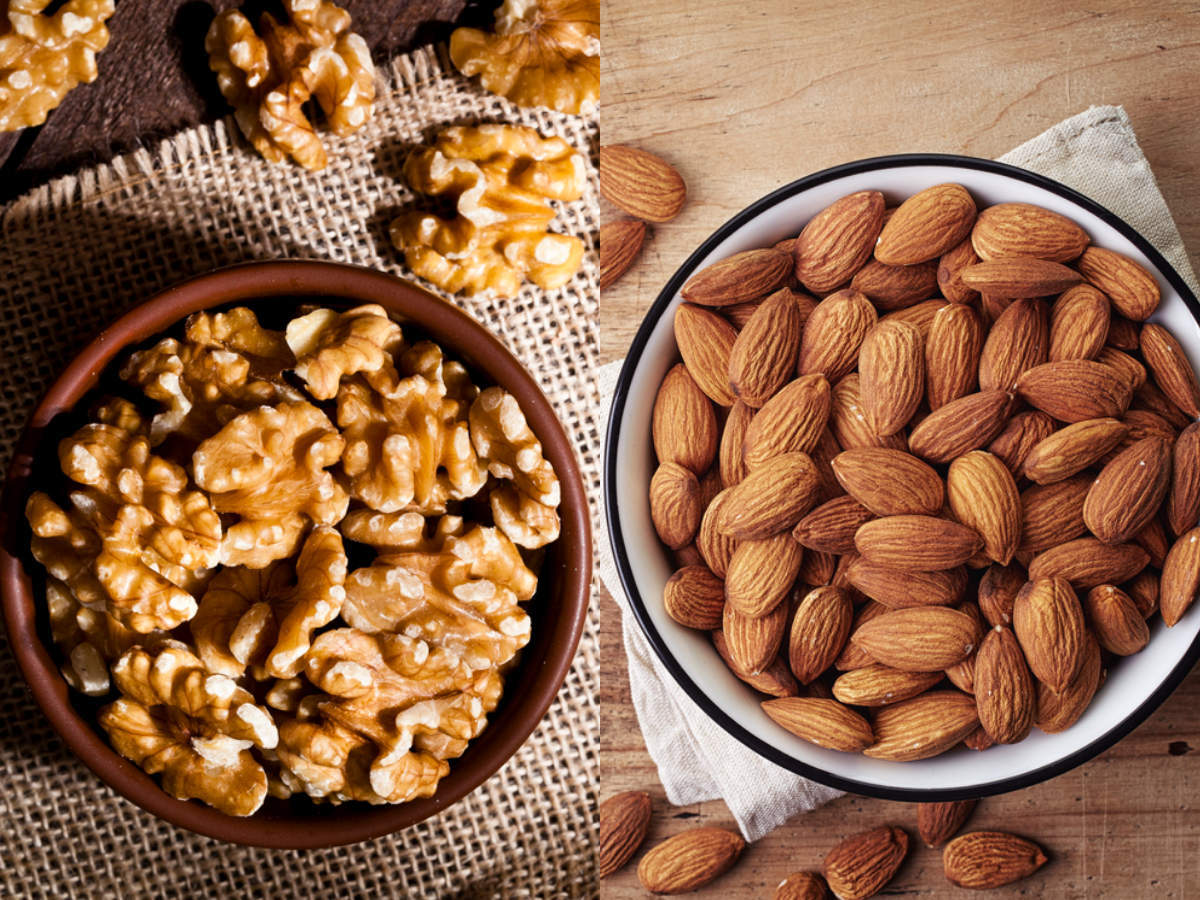
Nuts are a great source of good fats, fiber, and protein. They help control cravings and keep your meals balanced.
-
Eat a small handful between meals or add to breakfast.
-
Avoid salted or fried versions to reduce processed foods intake.
They are rich in essential nutrients and support heart health. These can be part of both a vegetarian diet and non vegetarian meal plan.
Used in moderation, mixed nuts boost energy levels and fit into any indian diet plan.
10. Boiled Eggs

Boiled eggs are simple, easy to cook, and rich in high-quality protein. They help build muscle and reduce hunger.
-
Perfect for breakfast, evening snacks, or light dinners.
-
Pair them with wheat bread or sautéed veggies for a balanced meal.
They’re low in calories and a good alternative to red meat for non vegetarians. Eggs support metabolism and help maintain muscle mass during weight loss.
Also, they’re one of the easiest food items to add to your diet without needing major changes.
See which of these 10 foods you're missing — unlock your Balanced Plate Guide on Balance Bite
Unhealthy Fatty Foods That Can Sabotage Your Weight Loss

Some foods may look tasty and comforting, but they quietly add unhealthy fat and calories to your diet. These foods can slow down weight loss and harm your overall health if eaten too often.
Let’s look at the common fatty food items in Indian diets that are best avoided or limited.
1. Vanaspati (Hydrogenated Oils)
Vanaspati is used in many street foods and sweets because it's cheap and easy to store. But it’s made through a process that fills it with harmful trans fats.
-
Trans fats increase your risk of heart disease and can slow your metabolism.
-
Vanaspati gives no real nutrients and only adds to fat gain.
If you’re trying to follow a healthy Indian diet, vanaspati has no place in your kitchen. Even a small amount, when eaten daily, can lead to weight gain and long-term medical problems.
The international journal of health studies has linked trans fats to chronic diseases and poor weight control.
2. Refined Vegetable Oils – Sunflower, Soybean, Palm Oil (heavily processed)
These oils are common in Indian homes, but most are refined at high heat, which removes nutrients and adds chemicals.
-
Regular use in cooking increases calorie intake without adding any value.
-
They’re cheap, but they do more harm than good when overused.
For better health and weight loss, replace them with cold-pressed oils or olive oil. This helps protect your heart and improve the quality of your Indian meals.
Avoiding refined oils can also support better digestion and help maintain healthy energy levels throughout the day.
3. Deep-Fried Snacks – Samosa, Pakora, Bhujia, Chips
Snacks like samosas and bhujia are deeply loved in Indian homes — but they are also deep-fried in poor-quality oil.
-
They add extra calories fast and are hard to stop eating once you start.
-
These snacks are often eaten between meals, raising fat intake.
Eating these regularly makes it harder to manage your diet and affects your vegetables dinner, making your meals less balanced.
Instead, go for roasted snacks or homemade versions made with less oil and more fresh vegetables. That way, you still enjoy the taste without hurting your weight goals.
4. Processed Indian Sweets – Gulab Jamun, Jalebi, etc.
Indian sweets are loaded with sugar, ghee, and refined flour. These give you energy quickly, but they crash just as fast and leave you hungry again.
-
They raise blood sugar and increase fat storage in the body.
-
Sweets also affect heart health when eaten in large amounts.
Try limiting sweets to special occasions, and look for healthier options made with fruits or less sugar. Balancing your sweets with fruits or a lighter vegetables dinner helps reduce the damage.
These sweets may be tasty, but too much of them can lead to heart disease and poor diet control.
5. Reused Cooking Oil
Reusing oil in the kitchen is a common habit in many Indian homes, especially when deep-frying. But it builds up harmful chemicals every time you heat it.
-
This reused oil raises your risk of heart disease and digestive issues.
-
It adds hidden calories and ruins the quality of your Indian dish.
Using fresh oil for every fry may seem wasteful, but it protects your health. If you’re planning a light meal or vegetables dinner, skip reused oil completely to avoid added harm.
A clean cooking habit supports better health, smoother digestion, and more effective weight control.
Download your weight loss-friendly grocery list from Balance Bite
Smart Tips to Stick to a Balanced Diet Chart and See Real Weight Loss

Many people make diet charts but find it hard to follow them for more than a few days. The key is to make your diet easy, practical, and realistic.
Here are simple tips that help you follow a balanced diet and lose weight without giving up Indian food.
1. Follow the Indian “Thali” Method for Balanced Portions
The Indian thali is a great way to plan meals because it naturally balances food groups. When done right, it can help you avoid overeating and control calories.
-
Fill half your plate with vegetables, one quarter with protein, and the rest with whole grains like roti or brown rice.
-
Add a small bowl of dal or curd, and a slice of fruit if needed.
This method works well for lunch or dinner and keeps your food intake in check. It also helps you include all essential nutrients without thinking too much.
Instead of counting calories, focus on what your plate looks like — this makes your meals simple and healthy.
2. Combine Complex Carbs with Protein and Fiber
A major mistake people make is eating carbs alone. Pairing carbs with protein and fiber helps you stay full and control blood sugar.
-
Eat brown rice with dal or grilled paneer, not just rice alone.
-
Use wheat bread with peanut butter or boiled eggs for a better snack.
This keeps your energy levels steady and reduces the chances of cravings. It also supports muscle health, which is important for long-term weight loss.
Combining the right food items helps make your diet chart more effective and balanced.
3. Choose Healthy Fats in Moderation
Fats are not the enemy — eating the right fats in small amounts is good for your heart and digestion. The key is to avoid overdoing it.
-
Use mustard oil, olive oil, or ghee in small amounts.
-
Add nuts or seeds like chia seeds to meals, but measure your portions.
Eating too much fat, even healthy ones, can lead to weight gain. Keep a balance between protein, carbs, and fats in every meal.
Healthy fats also help your body absorb vitamins and improve your overall health when used correctly.
4. Eat Fresh, Seasonal, and Minimally Processed Food Items
Fresh foods are always better than packaged ones. Seasonal vegetables and fruits are more nutritious and help keep your meals interesting.
-
Choose local vegetables like spinach, pumpkin, or bottle gourd based on the season.
-
Avoid foods with long ingredient lists or added sugar and salt.
Processed foods add extra calories without offering any value. Eating whole foods supports digestion, heart health, and better weight control.
Plan your meals around fresh ingredients, not ready-to-eat packets.
5. Don’t Skip Meals — Especially Breakfast
Skipping meals can slow your metabolism and lead to overeating later. Breakfast is the most important meal to start your day right.
-
Have a mix of protein, carbs, and fiber — like upma with vegetables or oats with fruits.
-
Avoid tea and biscuits as your first meal — they offer little nutrition.
Eating on time helps you stay full and makes it easier to follow your diet chart. It also keeps your blood sugar stable and energy levels high.
Missing meals often leads to bad food choices later in the day, so it’s better to eat small, regular meals.
Daily Habits to Make Your Indian Diet plan Stick for the Long Run

Following a diet plan for just a few days is easy. But turning it into a daily habit takes small, smart steps. These simple habits will help you stay consistent and make your diet part of your routine.
1. Stick to Consistent Meal Timings
Eating at the same time each day helps your body stay in rhythm. It also controls hunger and keeps your energy stable.
-
Don’t delay meals or skip them randomly.
-
Keep a fixed time for breakfast, lunch, and dinner.
This habit helps your digestion and supports better food choices. It also reduces the chance of overeating or snacking too much later in the day.
Even if your meals are simple, eating them on time helps you stay on track.
2. Include Protein in Every Meal
Protein keeps you full and helps you build muscle. Many Indian meals are low in protein, so you need to plan for it.
-
Add eggs, dal, cottage cheese, or chicken breast to your main meals.
-
Use curd, roasted chana, or nuts as quick protein-rich snacks.
Including protein in all meals helps with weight loss and avoids sugar cravings. It also improves your energy levels and supports better recovery after physical activity.
It’s a small change that makes your diet more balanced.
3. Control Portions Without Counting Every Calorie
You don’t need to count calories to eat right. Just watching your portions is enough to manage weight.
-
Use smaller plates and avoid second servings unless truly hungry.
-
Fill half your plate with vegetables to stay full without overeating.
Portion control helps reduce unnecessary food intake, especially in social meals. It also teaches you to eat mindfully and avoid emotional eating.
Once it becomes a habit, it feels natural and effortless.
4. Plan and Prep Your Meals in Advance
Planning your meals saves time and helps avoid last-minute junk food choices. It also makes sure you eat balanced meals daily.
-
Chop vegetables ahead of time or cook extra portions to save effort.
-
Keep healthy snacks like fruits or boiled eggs ready.
Meal prep also reduces food waste and saves money. Even 10 minutes of planning can improve your diet for the entire day.
It’s one of the easiest habits to build for long-term success.
5. Limit Sugar and Processed Snacks
Packaged snacks and sweets may be quick, but they slow your progress. Most of them are high in sugar, salt, and unhealthy fat.
-
Replace them with nuts, fruits, or home-cooked snacks.
-
Don’t keep junk food at home if possible — out of sight, out of reach.
Cutting back on processed foods helps improve your digestion, skin, and overall health. It also makes your body respond better to your diet plan.
You don’t have to give up everything — just reduce how often you eat them.
Conclusion
You've made it this far — which already puts you ahead of most people who stop at just thinking about eating better. That says something about your intent.
Real change starts with small, consistent actions. You don’t need to overhaul your life overnight — just begin with one smart food choice, one meal at a time. Momentum builds fast when you act, not just plan.
If you're ready to make your efforts count, Balance Bite can guide you with simple, practical steps that fit your real life — not just the ideal version of it.




















Leave a comment
Translation missing: en.blogs.comments.discription